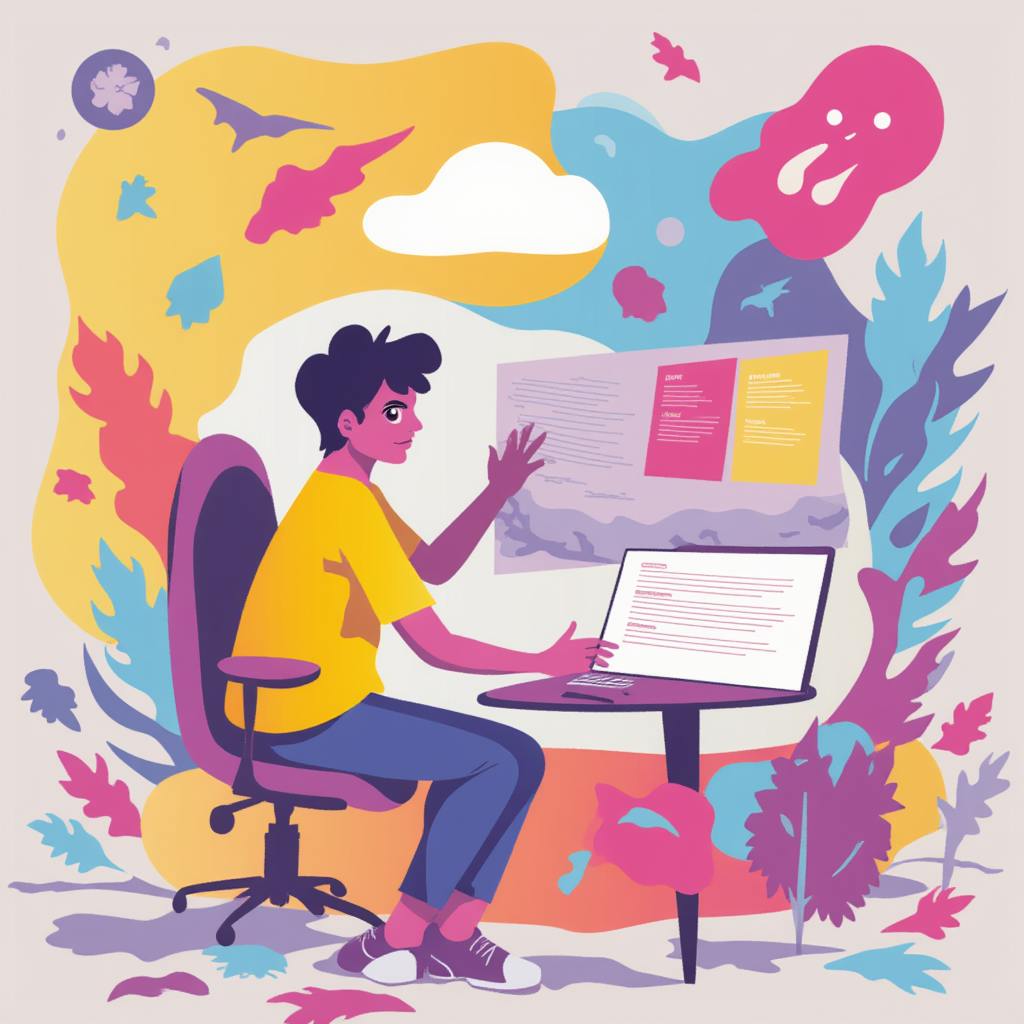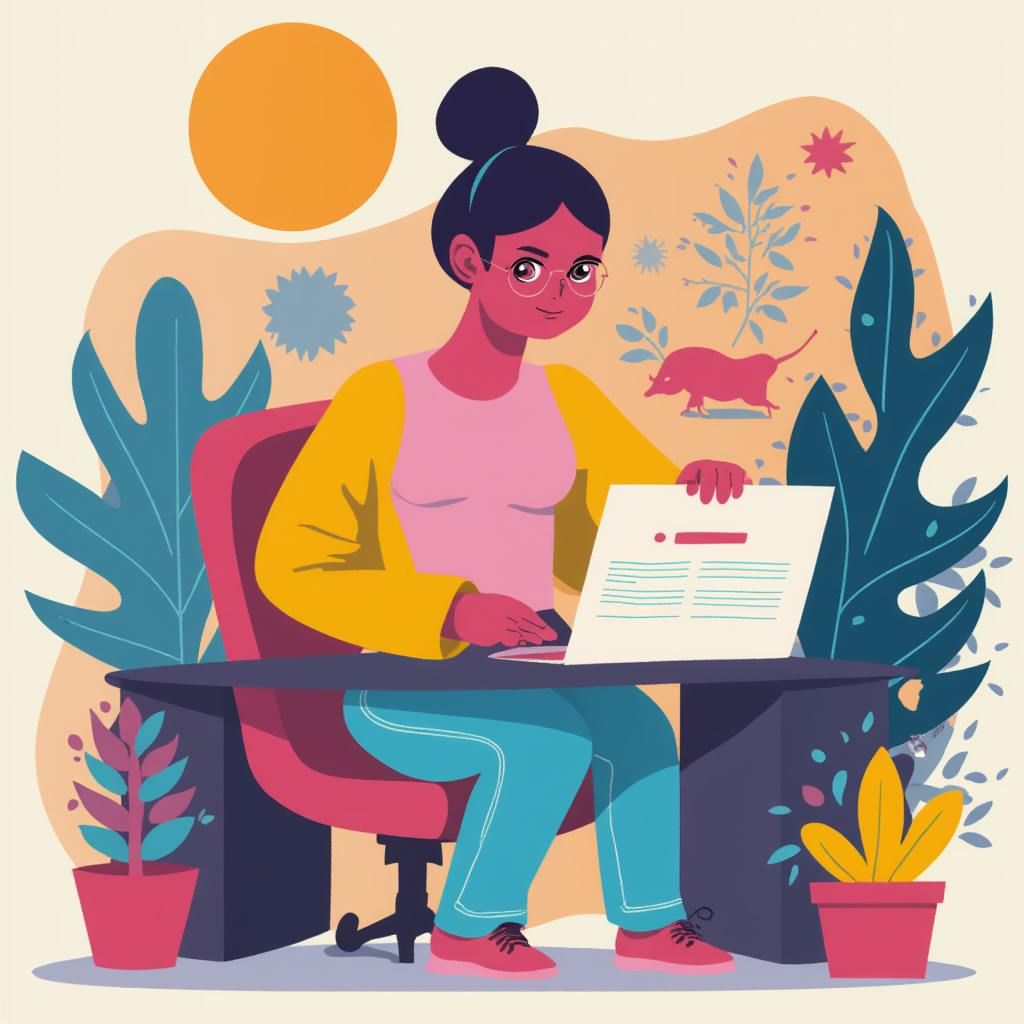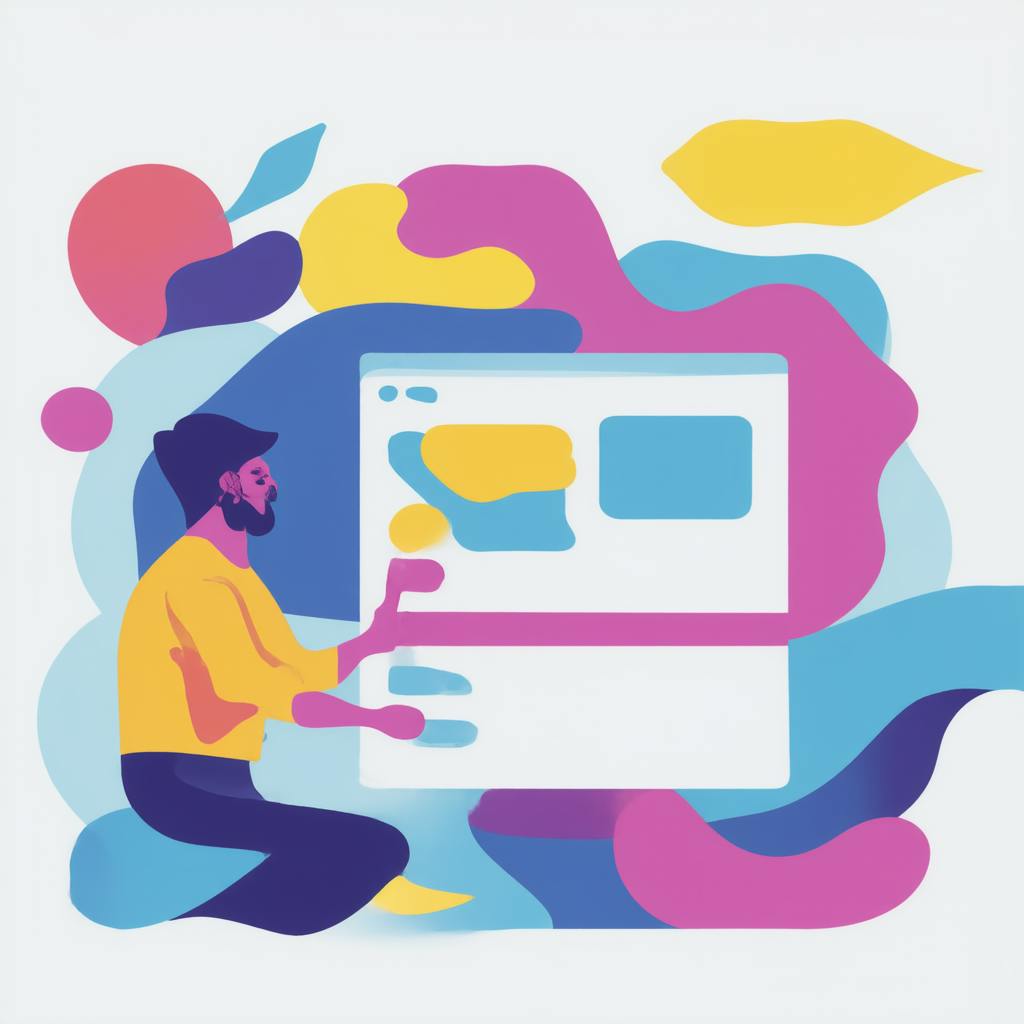Where attention spans are fleeting, crafting a remarkable website is essential. With a myriad of website style ideas available, creating a stunning and functional site that captures attention while providing seamless user experience is more attainable than ever. Whether you are a seasoned designer, a business owner, or an aspiring web developer, exploring innovative idea for web design is crucial to standing out in a crowded digital marketplace. In this article, we'll delve into trending web page examples and the best internet site design practices to inspire your next project, ensuring it is both engaging and effective.
Understanding the Fundamentals
Clean and Minimalistic Design
In an era where simplicity speaks volumes, minimalistic design continues to reign supreme. By emphasizing space, proportion, and alignment, a clean layout enhances user experience, ensuring visitors are not overwhelmed by excessive elements. Websites like Apple and Google epitomize this style, focusing on functionality that doesn't sacrifice aesthetic appeal.
Responsive and Mobile-First Design
With mobile internet usage surpassing desktop browsing, ensuring your website is responsive is no longer optional. A mobile-first design approach, where the site is designed primarily for mobile devices and then scaled up for larger screens, ensures accessibility and a positive user experience for all visitors, regardless of device.
Bold Typography and Large Imagery
Typography can be a powerful tool to convey brand messaging and personality. Pairing bold fonts with large, high-quality images creates an immediate visual impact. Sites like Airbnb effectively utilize this combination to draw visitors in and communicate their brand ethos clearly and compellingly.

AI made with Heather Crank
Innovative Web Page Examples
Interactive Storytelling
Storytelling isn't limited to books or films—it's an engaging way to present content on your website. Interactive storytelling, through animations or scroll-triggered effects, captivates users, keeping them engaged and curious. One notable example is the interactive experience of 'The Boat,' an adaptation from SBS Australia, which immerses users with graphics and narratives.
Dark Mode Mastery
With dark mode gaining popularity, incorporating this option provides users with an aesthetically pleasing alternative that can reduce eye strain. Websites like Spotify offer seamless toggling between light and dark modes, enhancing user experience while catering to individual preferences.
Asymmetrical Layouts
Break free from conventional grid structures with asymmetrical layouts. This style exudes a modern and dynamic feel, adding visual interest that guides users through the content subtly. An exceptional example is the 'Melanie F' website, which beautifully disrupts the norm while retaining clarity and functionality.
FAQs about Website Style Ideas
How do I choose the best style for my website?
Begin by understanding your target audience and brand identity. Research competitors, identify the features that work, and analyze user preferences to guide your style choice. Prototyping and testing will further refine your design to meet user expectations.
What are some cost-effective ways to implement stylish designs?
Utilizing responsive design frameworks, leveraging free resources like Google Fonts and Unsplash for typography and imagery, and employing user-friendly content management systems can help you design stylishly without a hefty budget.
Are there styles that should be avoided?
Avoid overly complex designs that may confuse users or slow down your site. Clutter, unresponsive designs, and outdated graphics can detract from usability and user engagement.
FAQ: Website Style Ideas
As a web design expert, I understand that one of the key elements to a successful online presence is a stunning and functional website. Here are some frequently asked questions to guide you through choosing and implementing the perfect style for your web project.
What are some popular website style ideas to consider for a stunning and functional website?
- Minimalism: Often characterized by a simple color palette, abundant white space, and an uncluttered layout, minimalism emphasizes content and functionality. This style offers fast load times and a clean aesthetic that can enhance user experience.
- Material Design: Developed by Google, this style uses grid-based layouts, responsive animations, and shadow effects to create depth. It’s great for creating intuitive interfaces and has become a standard for many modern designs.
- Flat Design: With a focus on simplicity and usability, flat design uses two-dimensional elements and bright colors. It's effective for clean, straightforward interfaces and is compatible with responsive frameworks.
- Bold Typography: Large, eye-catching fonts can make a strong visual statement. When combined with minimal design elements, bold typography can effectively convey brand messages or calls-to-action.
- Retro or Vintage: Incorporating elements like classic typography, color palettes, and textures reminiscent of past decades, this style adds nostalgia and distinct character to a website.
- Dark Mode: With an emphasis on dark backgrounds and light text, this modern trend helps reduce eye strain and creates a sleek, stylish look that aligns well with contemporary aesthetics.
Where can I find inspiration for website style ideas?
- Design Galleries: Websites like Behance, Dribbble, and Awwwards showcase the latest trends and award-winning designs from professionals around the world. Browsing these platforms can spark creative ideas.
- Real-World Websites: Regularly visiting your favorite websites can help you identify styles and features you admire. Consider what works well in terms of user experience and visual appeal.
- Social Media: Platforms like Pinterest and Instagram are brimming with design inspiration. Hashtags like #webdesign or #designinspiration can lead you to creative ideas shared by designers globally.
- Design Blogs and Magazines: Websites like Smashing Magazine, Creative Bloq, and Designmodo offer insights into the latest design trends and techniques, often accompanied by inspiring examples.

AI made with Heather Crank
How can I achieve a balanced blend of style and functionality on my website?
- User-Centered Design: Prioritize the needs and preferences of your target audience. The layout should be intuitive, and navigation should be seamless to enhance user experience.
- Responsive Design: Ensure your website looks good and functions well on all devices. A responsive design maintains usability and aesthetics on smartphones, tablets, and desktops.
- Consistent Branding: Establish a consistent visual identity that includes color schemes, fonts, and imagery. This helps to reinforce brand recognition and trust.
- Content Hierarchy: Use layout techniques, contrast, and typography to direct attention to the most important elements of your website. This guides users through content logically and efficiently.
- Performance Optimization: Implementing optimized images, clean code, and cached resources can improve load times, keeping users engaged and enhancing their experience.
What are some resources or tools I can use to implement different website styles?
- Design Software: Tools like Adobe XD, Sketch, and Figma provide robust platforms for designing and prototyping websites with flexible styling options.
- CSS Frameworks: Bootstrap and Tailwind CSS offer pre-designed components and utilities that can help you quickly create stylish and functional layouts.
- Website Builders: Platforms like WordPress, Wix, and Squarespace offer templates and customizable themes that cater to various design styles and user needs.
- Icons and Typography: Websites like Google Fonts and Font Awesome provide a wide range of typographic styles and icons that can enhance your website’s visual appeal.
- Color Palettes: Tools like Adobe Color and Coolors help you create harmonious color schemes that can improve aesthetic appeal and user engagement.
By carefully considering these popular styles, inspiration sources, and tools, you can create a website that is both captivating and functional, delivering a superior experience to your audience.
Conclusion
Incorporating innovative website style ideas can significantly elevate the functionality and aesthetics of your site, turning visitors into loyal users. By focusing on a clean design, responsive structures, bold typography, and imaginative concepts like interactive storytelling and asymmetrical layouts, your website can become a powerful tool for effective communication. Paying attention to the needs and preferences of your audience is crucial in selecting the best internet site design practices that resonate with them. Remember, a website that marries stunning visuals with seamless functionality offers not just a digital presence, but a compelling digital experience.

